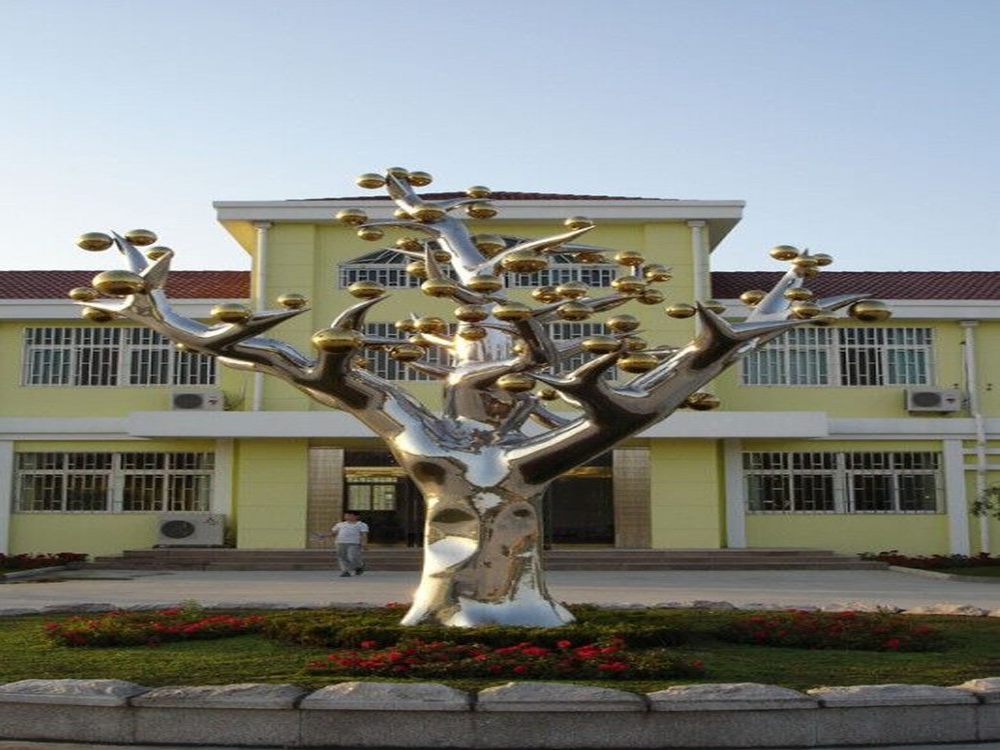
Bronze sculpture, a centuries-old art form, is experiencing a renaissance as contemporary artists experiment with modern materials like acrylic and glass. By integrating these unconventional elements, sculptors create striking contrasts between traditional and avant-garde aesthetics.
Acrylic is often embedded or layered with bronze to introduce transparency and vibrant color. Some artists cast bronze frames around acrylic cores, allowing light to refract through the synthetic material. Others use acrylic sheets as structural components, creating floating effects when combined with bronze bases.
Glass offers even more possibilities - from delicate glass inclusions within bronze castings to dramatic juxtapositions of fragile glass elements against sturdy bronze forms. The lost-wax casting process can be adapted to preserve glass elements during bronze pouring, resulting in organic fusions of the two materials.
Contemporary sculptors also employ mixed-media approaches, combining bronze with resin-coated glass fragments or acrylic paint finishes. These innovative techniques challenge perceptions of bronze as a purely traditional medium while expanding its expressive potential in modern art installations.
The fusion of bronze with contemporary materials demonstrates how classical techniques can evolve while maintaining their historical significance, creating artworks that speak to both past and present artistic traditions.

